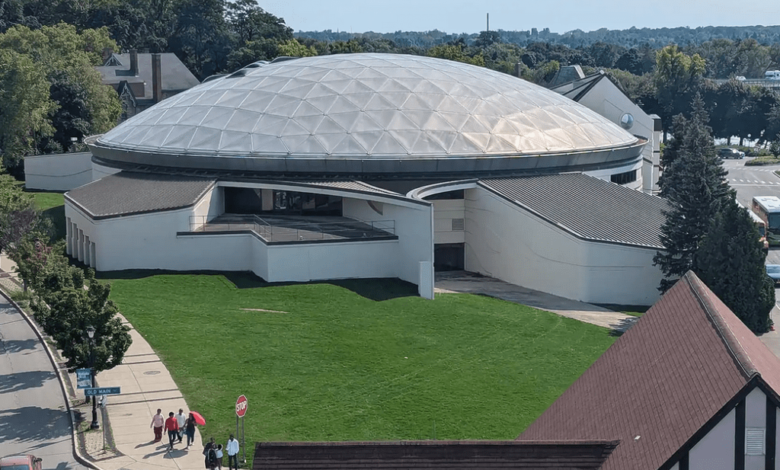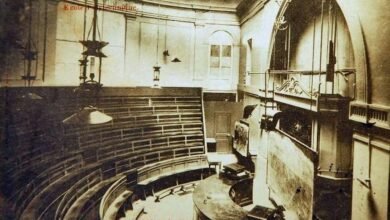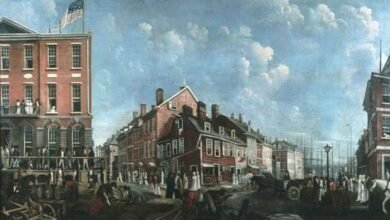‘The Turtle’ Native American Center Named To America’s Most Endangered Historic Places


 Now in its 38th year, the National Trust for Historic Preservation’s annual list of America’s 11 Most Endangered Historic Places has proven to be a highly effective tool for shining a light on the threats facing our nation’s greatest treasures. The latest list includes The Turtle Native American Center for the Living Arts in Niagara Falls, NY.
Now in its 38th year, the National Trust for Historic Preservation’s annual list of America’s 11 Most Endangered Historic Places has proven to be a highly effective tool for shining a light on the threats facing our nation’s greatest treasures. The latest list includes The Turtle Native American Center for the Living Arts in Niagara Falls, NY.
Completed in 1981 and designed by Arapaho architect Dennis Sun Rhodes, the building’s distinctive turtle-shaped structure draws inspiration from the Haudenosaunee (Iroquois) creation story of Sky Woman landing on the back of a turtle (also known as Turtle Island).
Founded 15 years after the closure of the last federally funded Indian Boarding School, it symbolizes the cultural reclamation and celebration of Native American languages, identity, and arts. Located adjacent to Niagara Falls, the Turtle became a hub for fostering education, cultural preservation, and healing.
The Turtle was once the largest center for Indigenous arts in the Eastern United States but closed in 1996 due to financial challenges.
After purchase by a developer nearly 30 years ago, the Turtle has been vacant, and the owner previously shared plans to demolish the building and replace it with a high-rise hotel.

 The bold colored stripes that once emphasized the Turtle’s zoomorphic form have been painted white, making the building’s original design harder to visualize, and The Turtle is not a protected local landmark.
The bold colored stripes that once emphasized the Turtle’s zoomorphic form have been painted white, making the building’s original design harder to visualize, and The Turtle is not a protected local landmark.
The Friends of The Niagara Turtle coalition, made up of over 1,000 Indigenous and Non-Indigenous people, has engaged extensively with the Haudenosaunee Nations and other Indigenous communities, garnering support for revitalizing The Turtle as a cultural resource.
The coalition envisions reactivating the building as a cultural center, to include exhibitions, dance and music performances, and educational experiences highlighting Native American heritage, culture, and languages. However, partnerships and funding are needed to make this vision a reality and “reawaken” the Turtle once again.
Due to the efforts of the National Trust for Historic Preservation and its supporters, the annual list of America’s 11 Most Endangered Historic Places has galvanized public support behind more than 350 sites to date with only a handful lost.
The 11 Most Endangered program uplifts and catalyzes community-led preservation work through a public awareness campaign resulting in increased visibility, public attention, and new resources to save and activate historic places for the public good.
You can view this year’s complete list here.
Read more about historic preservation in New York State.
Illustrations, from above provided: The Turtle today, and with original paint scheme in ca. 1986.
Source link




